AASL September Column
Column by Barret Havens, University Librarian and Associate Professor, Woodbury University
The 11 Essential Facets of Architecture Collections Serving Academic Communities
This primer, which is based on a future presentation by the author, will offer guidance for
collection development by identifying:
- Essential facets of collections which should be a primary focus for collection development within academic libraries serving schools of architecture and design
In a forthcoming Part 2 of this primer, the author will identify and describe:
- Essential characteristics of resources for student and faculty populations
- Essential publishers within the realm of architectural research
Doing collection development for architecture and design libraries is a specialized pursuit. Like collection development for any library serving an academic community, it requires a high degree of familiarity with the curriculum, a deep understanding of the needs of our unique student populations, and awareness of the trends in faculty scholarship. As architecture librarians, we must also be familiar with the specific types of highly technical and technological information sought by our users. To facilitate meeting the information needs of architecture students and faculty, the author will share within this article what he calls the “11 essential facets of architecture collections.”
Each facet represents a subcategory within the scope of architecture research and scholarship that should be a key consideration for collection development for meeting the information needs of our users. By articulating these facets and focusing on collecting new resources that fall within their scope systematically, architecture librarians can ensure that no critical areas of their collections will become deficient.
The essential facets that are identified in this article are not meant to be a comprehensive list or to reflect all of the types of requests for text and images we get from our users. Rather, they are meant to serve as a foundation to guide collection development efforts for those in our profession.
Essential Collection Facet #1: Building typology
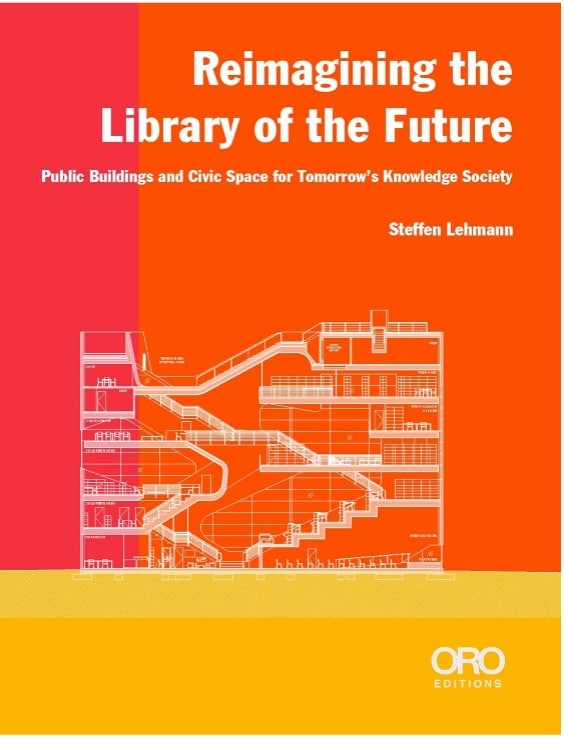
This facet represents information needs that involve the study of buildings that have a particular form, function, or use. For instance, library buildings. A well-rounded architecture library should have recent publications that describe standards, codes, best practices, programming, and architectural precedents related to each major building typology. Hospitals, performing arts spaces, educational buildings, sports complexes, museums, and many more typologies should be represented in the collection.
Essential Collection Facet #2: Architects and firms
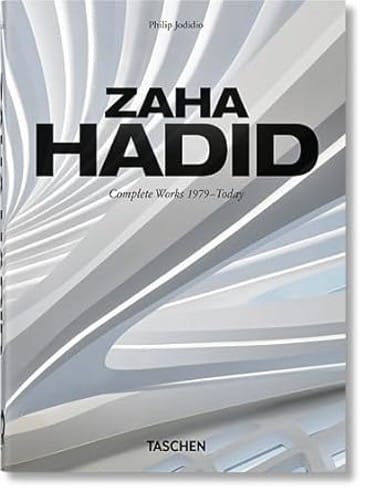
Library users often express information needs that come from this angle. Maintaining an awareness of the most relevant architects and firms, not only within the region where your institution is located, but also worldwide, is critical. Books that are organized around the themes of individual architects or firms are likely to cover a wide range of projects within the built environment, so collecting heavily in this area will stock your library with images and context related to the most commonly studied buildings. Particular attention should be given to reflecting within the collection minority architects and historically marginalized voices in architecture. Methods for discovering which architects and firms are most relevant to your campus community will be discussed in a forthcoming part 2 of this article.
Essential Collection Facet #3: Materials and materiality
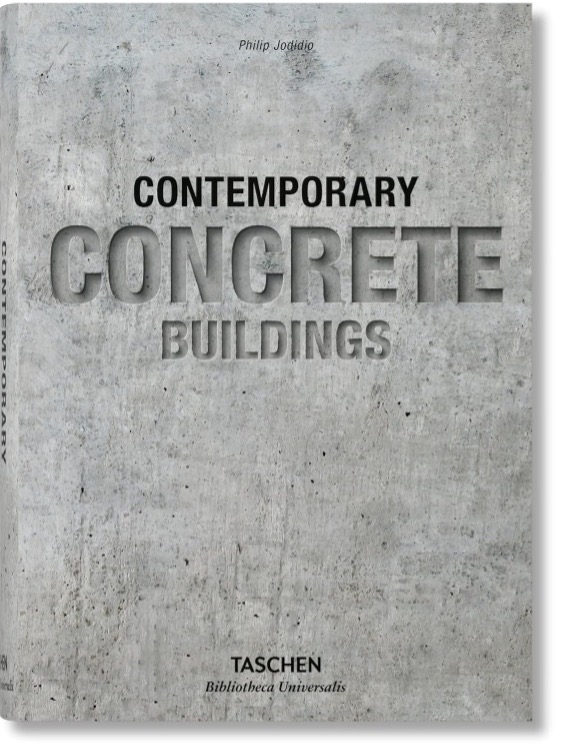
Library users within architecture schools often focus specifically on researching individual materials and their characteristics. Books or other resources that address information needs coming from this angle of inquiry should address construction methods or design processes that are unique to a material. They should also discuss how the aesthetic and structural qualities of the material influence the form of buildings, acoustics, lighting, and a user’s experience of interacting with a building.
Essential Collection Facet #4: Process or construction method
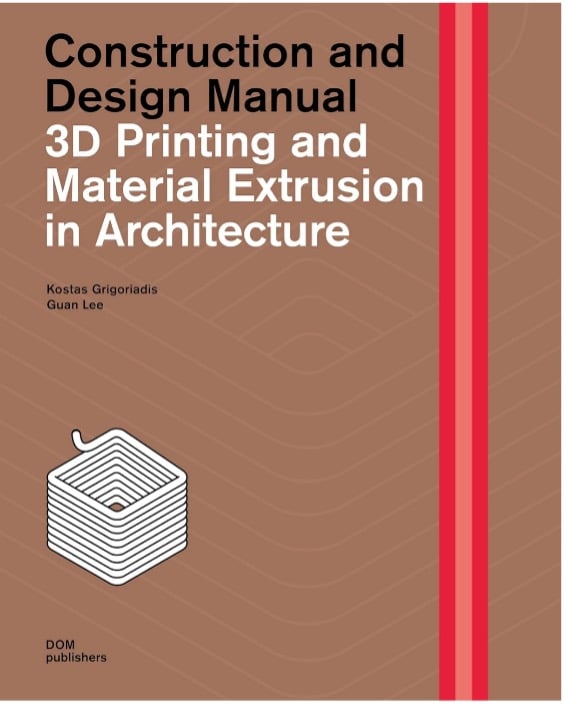
Books or other publications which address specifics related to design process or construction method should also be collected proactively at any architecture school library. An architect’s choice to employ methods such as 3D printing, rammed-earth construction, or processes such as computer-aided design (including the use of artificial intelligence) has a great deal of influence on the form and characteristics of buildings. Consequently, each process or method represents a completely different set of design considerations.
Essential Collection Facet #5: Period, style, or region
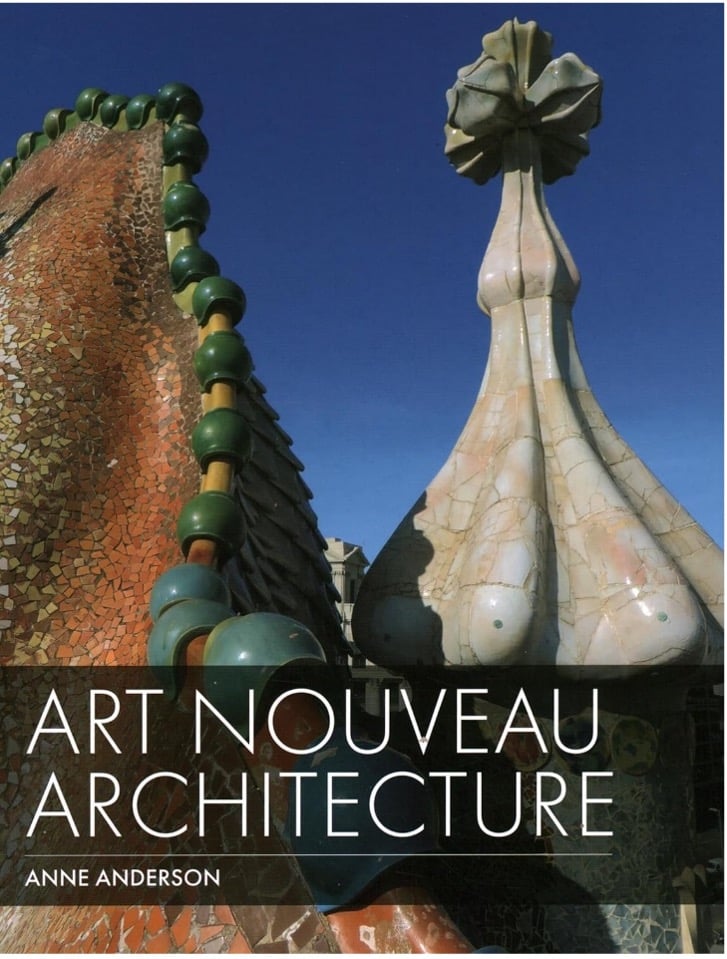
Books or other resources that organize information around design periods or styles should be at-the-ready. Within the context of our profession, “period” refers to a specific time-frame. For instance, “mid-century.” “Style” refers to a category of buildings with similar aesthetic, structural, or decorative elements. For instance, “modernism.” Although a particular style is, almost invariably, associated with a particular time period, resources should be collected that are discoverable from both of those perspectives. In other words, books geared around the Rococo style should be available, as well as books on 18th century architecture, which encompasses Rococo chronologically. General historical works on the political, social, artistic, religious, and philosophical characteristics of different periods should also be kept up to date within a collection so that library users have access to information that places architectural movements within a larger overall historical and sociopolitical context. Architectural publications representing geographic regions such as materials on Japanese joinery round out this facet well.
Essential Collection Facet #6: Project-level (Precedent research, case studies)
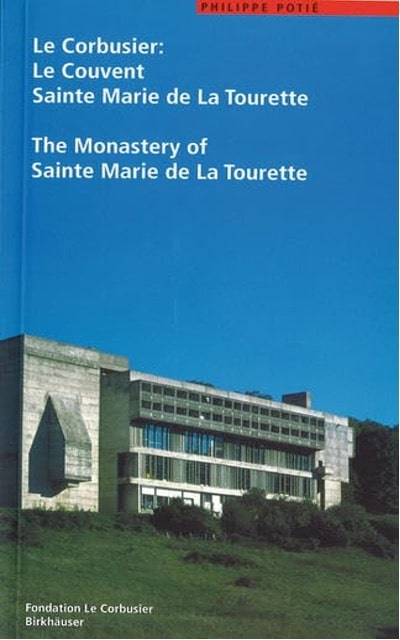
Precedent research, or the investigation of case studies is a key focus at any architecture library. You will not always be able to find a book that is dedicated to a singular work in the built environment. In such cases, collecting compendia such as Neutra: Complete works will round out a collection effectively. To facilitate access to this facet of your collection, coordinate with your cataloger to make sure they are choosing bibliographic records that list each project covered in this type of resource or discuss adding them if no such bibliographic record exists. This will enable your users to search your catalog by building name or creator successfully.
Essential Collection Facet #7: Planning: siting, space, programming, context

Critical aspects of design planning should also be well-represented in a collection. This includes siting, space planning, programming and architectural massing. These considerations are keys to effective design. Resources within this facet provide guidance on how to fit proposed buildings into the context of surrounding landscapes and existing buildings. They help provide buildings with effective access based on user needs, considering not only use patterns related to the proposed structure itself, but also the flow of foot or car traffic related to existing, adjacent structures. Furthermore, siting (orienting) a building effectively by considering the sun’s path or water flow on a property is critical for sustainable and energy-efficient design.
Essential Collection Facet #8: Sustainability
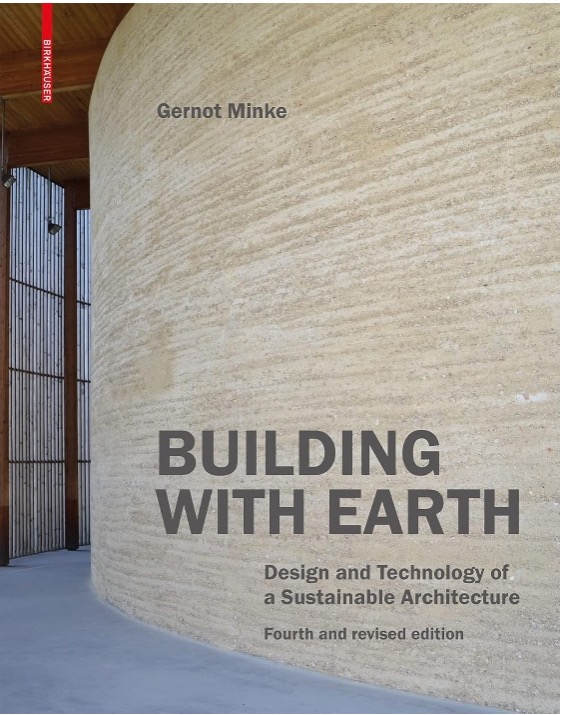
Sustainability could be framed in relation to any of the essential collection facets discussed here. For instance, design periods (see Facet #5) or architecture firms (see Facet #2) that have paid special attention to sustainable design. However, architecture school curricula focus on this topic so heavily that it deserves to be addressed as an essential collection facet on its own. The architecture profession, and, consequently, architecture school curricula, are geared increasingly around solving real-world problems through design. For instance, architectural responses to climate change.
Essential Collection Facet #9: Interiors

Regardless of whether your architecture school has an interior design program, the subject of interiors should be a high priority when doing collection development. General resources on art and the decorative arts round out this facet well, as do those that focus on finishing, furnishings, lighting design, and codes or standards related to interior spaces. Also of particular importance, within this facet, are resources that address inclusive spaces and barrier-free design.
Essential Collection Facet #10: Technology
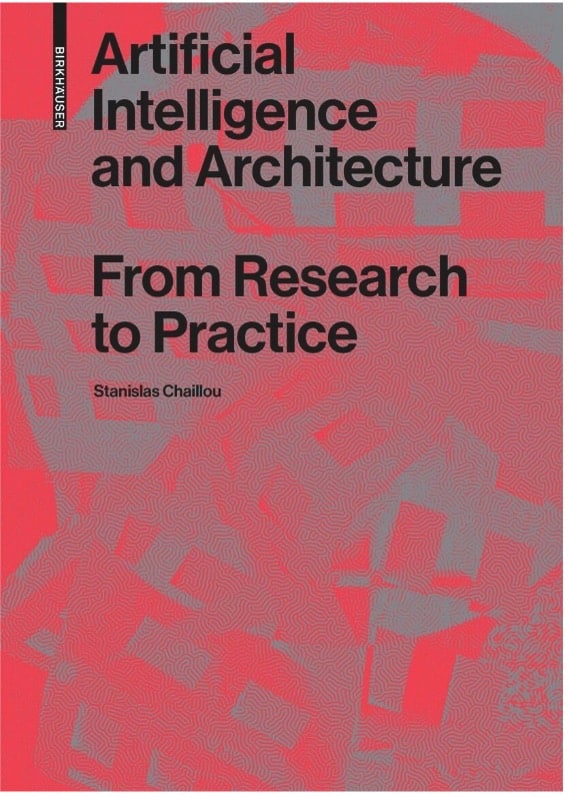
Design fields have always been on the leading edge in terms of the use (or even the invention) of technology. Although technology can be tied in with any of the other facets discussed here, such as technology that enhances sustainable design (see Facet #8), this facet is another one that deserves its own category since it is such a heavy focus of architectural research and architecture school curricula. Sub-facets within this one include computer-aided design, advanced materials that contribute to sustainability, and “smart buildings” that conserve energy through programmable and networked building systems.
Essential Collection Facet #11: Representation

Representation is a foundational stage in the design process. Architectural representation that includes hand-built or 3d-printed models, renderings, sketches, fly-throughs (using digital media), and even AI-generated plans should be reflected in a well-rounded collection. A collection that is thoughtfully-curated in this regard goes beyond being informative—in fact, it encourages a variety of approaches to architectural representation that meet our users on their own level of inspiration or ability. It also addresses a variety of learning styles by allowing our users to engage with tactile, visual, or auditory aspects of representation.
Stay tuned for an upcoming article that will be a Part 2 of this collection development for architecture primer…

 Study Architecture
Study Architecture  ProPEL
ProPEL 